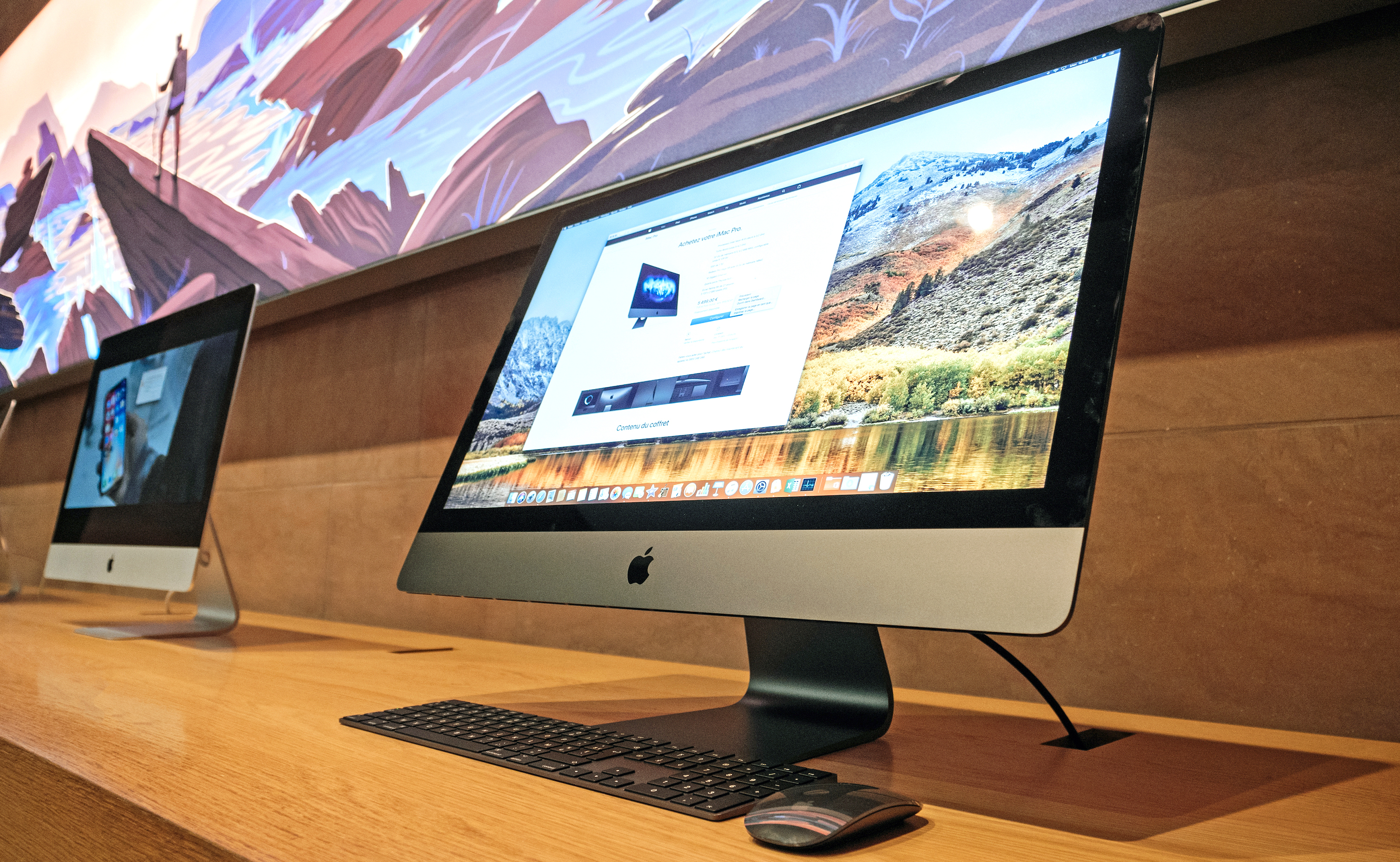Tom's Guide Verdict
Ooma's home security system is inexpensive and easy to use.
Pros
- +
Affordable kit and accessories
- +
Remote access to emergency services
- +
No app required for notifications
Cons
- -
Little third-party integration
- -
No automation abilities (besides scheduling and geofencing)
Why you can trust Tom's Guide
If you're looking for a DIY home security system you can set up yourself, it doesn't get simpler than this.
For $130, the Ooma Smart Security Starter Kit monitors your house and offers quick access to emergency services through its user-friendly mobile app. Its accessories are relatively affordable and include smoke detectors, motion sensors, and a loud siren.
However, there's not much support for home automation, no security camera, nor is there much integration with third-party devices. And, to use some features, such as remote 911 and notifications, it costs an extra $5.99 per month. But if you don't need those features, Ooma is an affordable option.
Design and setup
Ooma started out as a home voice over Internet Protocol (VoIP) service, so it's no surprise that the hub of the Ooma Smart Security Starter kit is its Telo VoIP hub. Also included are a motion sensor, a door/window sensor and a water sensor.
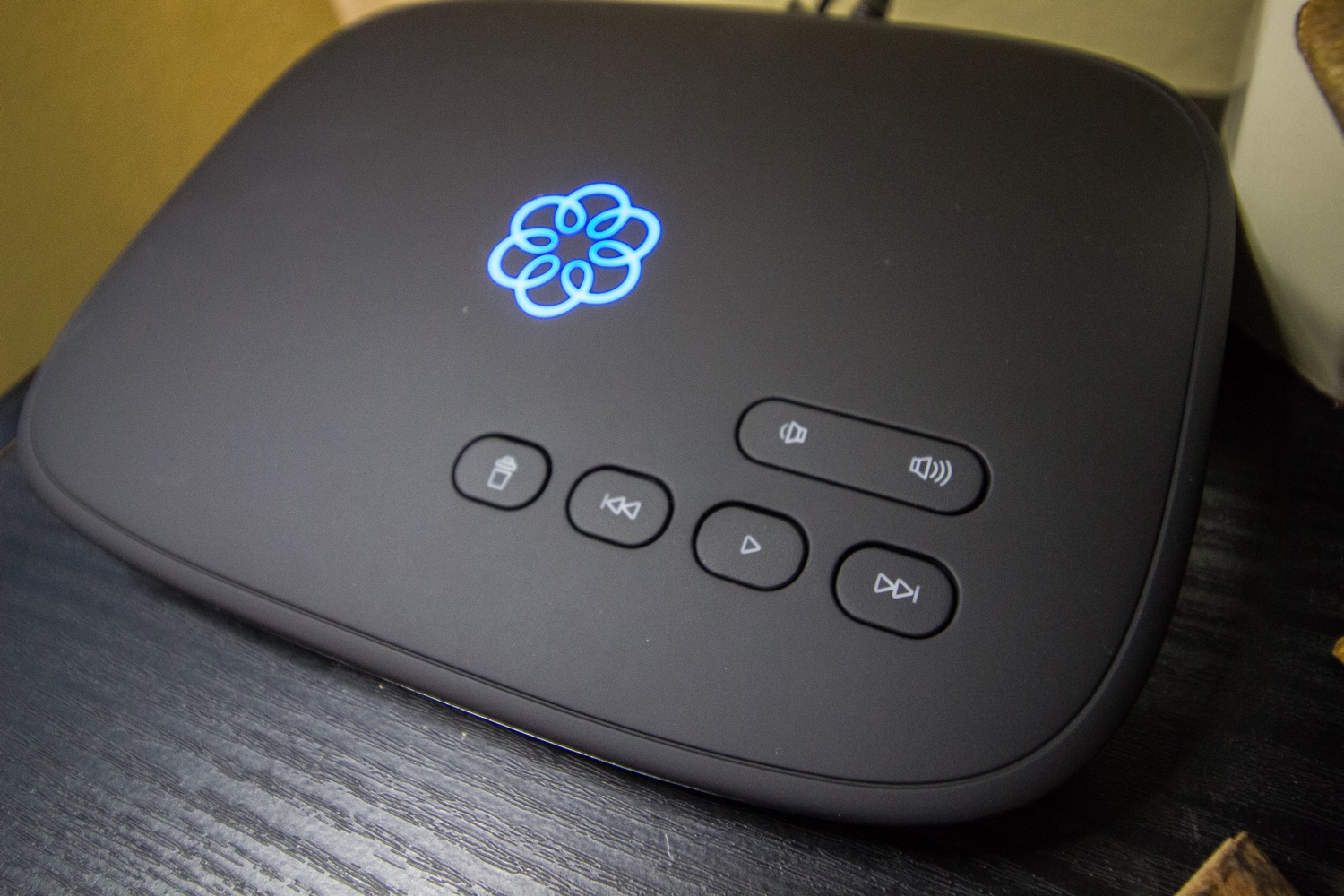
There's nothing particularly exemplary about the Telo's design. It resembles an answering machine (if you remember what those look like), and it even has fast-forward and rewind buttons. It's not exactly the kind of high-tech product that goes on display in your bookcase; but it is the brains of this operation, so it should be placed somewhere accessible.
The Telo resembles an answering machine (if you remember what those look like), and it even has fast-forward and rewind buttons.
The setup is pretty straightforward. Right as you open the box, there's a sticker on the Telo hub itself directing you to register for a phone number through the Ooma Telo app for Android or iOS. Once that's configured, you can plug in the hub to your router via Ethernet, or pair it with your Wi-Fi network using the app.
If you decide you want to use the Telo for phone calls, you can connect something like the Ooma HD3 Handset with video calling (sold separately for $30), or any other standard telephone handset.
When the Telo is up and running, you can download the Ooma Smart Security app to log in to your new phone number and start adding accessories, each of which comes with a set of AAA alkaline batteries. After each device is powered up, you can tap on the option to add a new device to your home network, and the app will begin to walk you through the pairing process.
Get instant access to breaking news, the hottest reviews, great deals and helpful tips.
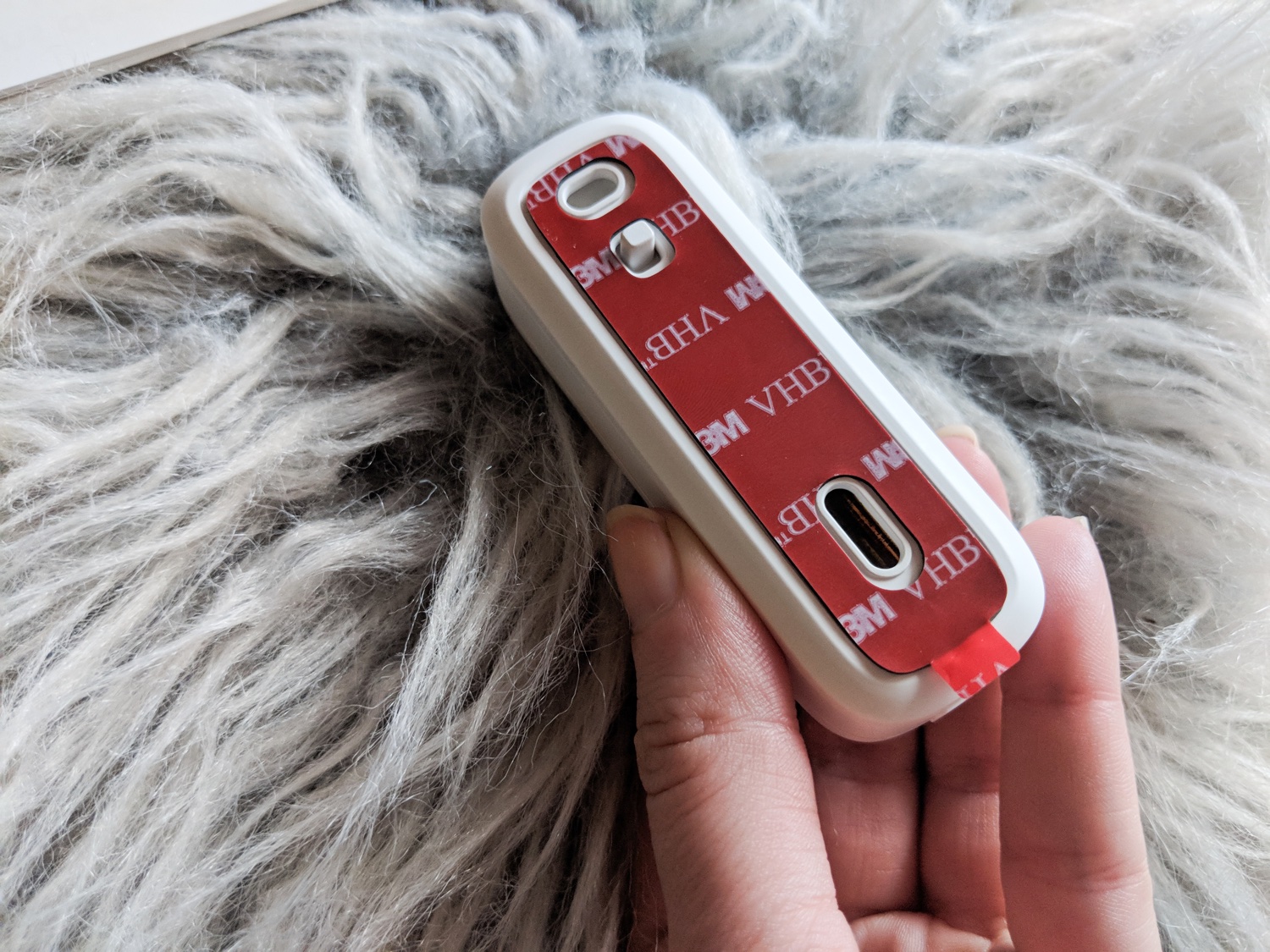
Toward the end of the setup process, the app will ask you to choose how each accessory should function in various modes. I like that this is asked explicitly during installation so that you know how each device functions without having to dig into the settings panel later on.
Ooma offers additional door sensors and motion sensors for $25 and $35 a piece on its website.A garage door sensor ($40) and a water sensor ($30) are also available, and a siren ($40) and smoke alarm ($60). However, Ooma discontinued its security camera, so you'll need to purchase a home security camera if you want to see what's going on.
Professional monitoring
Since we first reviewed Ooma, the company has added professional monitoring as an optional feature for $14.99 per month, bringing it more in line with other DIY home security systems such as Abode, SimpliSafe and ADT. However, this service is not available in Texas, Florida, Virginia, Arizona, Tennessee, Maryland, Alabama, Arkansas, Rhode Island, Montana, and the District of Columbia.
Although you don't have to pay monthly for all of Ooma's key features, you have to sign up for the $5.99-a-month subscription service if you want access to things such as remote 911 calling, mode switching based on your phone's location and remote phone call notifications.
Ooma offers professional monitoring akin to what you get with Abode, SimpliSafe or ADT.
If you opt for the $10-a-month Premier telephone service for the Telo, which adds features such as voicemail, the security subscription is only $3.99 a month.
You don't have to pay the monthly subscription price to use the app to call 911 if you opt to receive a phone call when the sensors are triggered. It's not as quick to alert you as the other systems we tested, but once you receive a call saying there's something going on at home, you can press 1 to be connected with local operators.
Performance
The Ooma Smart Security Starter Kit revolves around the VoIP experience, so it works a bit differently than other DIY setups. The Telo acts as a base and offers friendly voice prompts every time you make a status change or an accessory like a motion sensor detects movement.
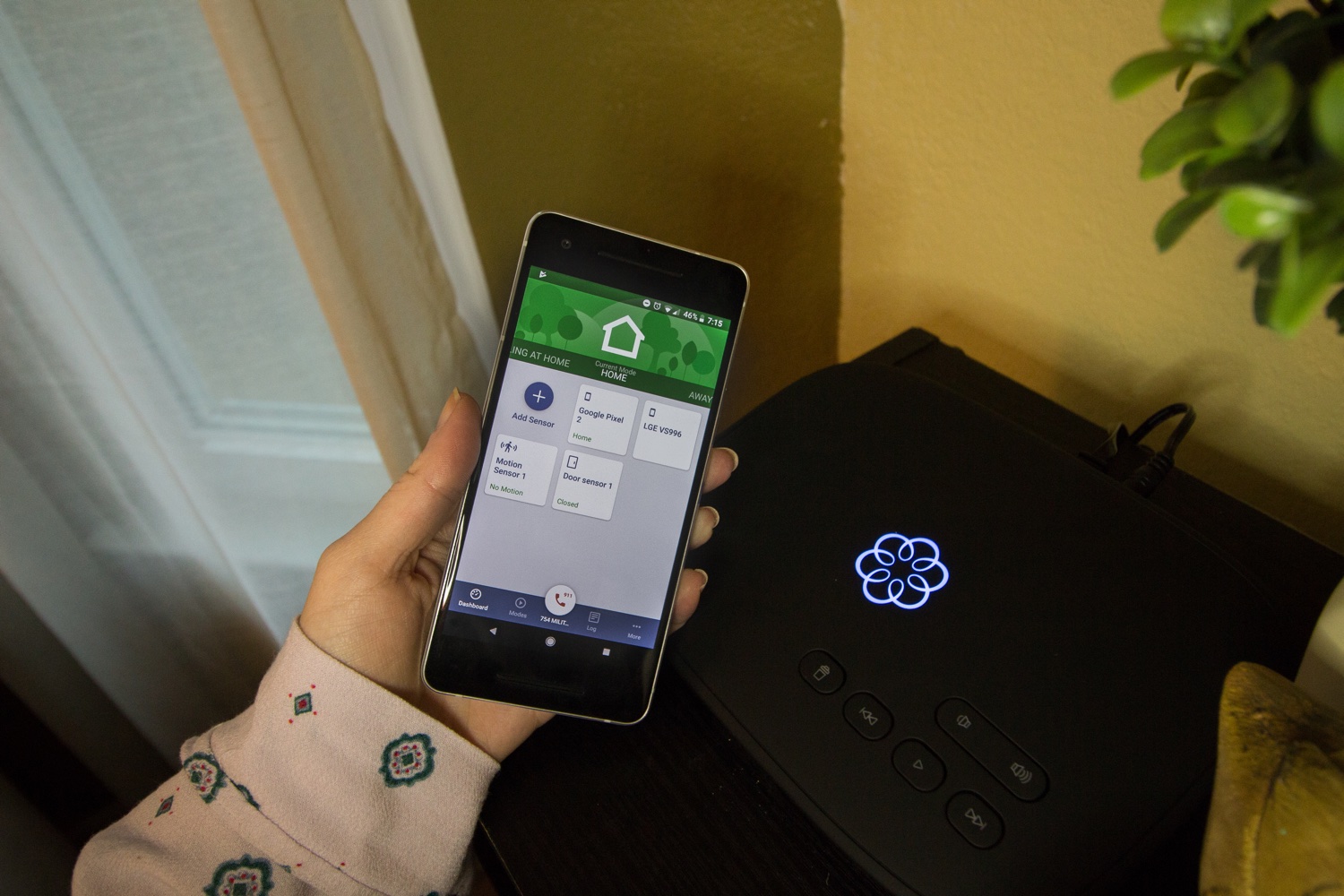
Most of the interaction you'll have with the system is through the Ooma Smart Security app, which offers an at-a-glance look at everything that's going on, including whether devices are working and whether doors and windows are opened or closed.
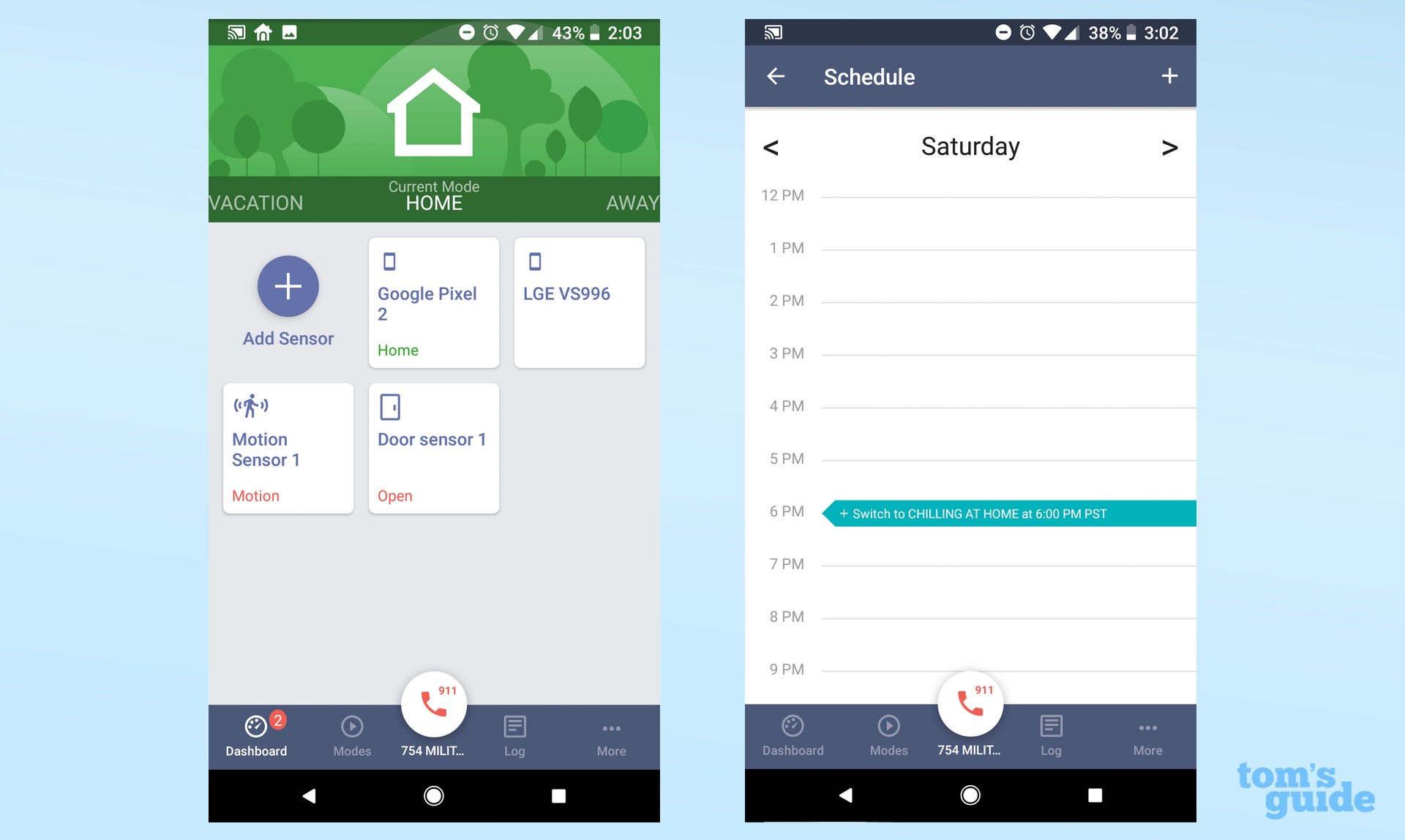
There's a beta geolocation feature that turns on monitoring once your mobile device leaves the house. It can be set up with multiple mobile devices, even those that don't belong to you.
You can also designate which emails and phone numbers are included in the primary contact list so that anyone with a vested interest can be alerted if something is going on at home. Not everyone needs the app installed on their respective devices to remain privy.
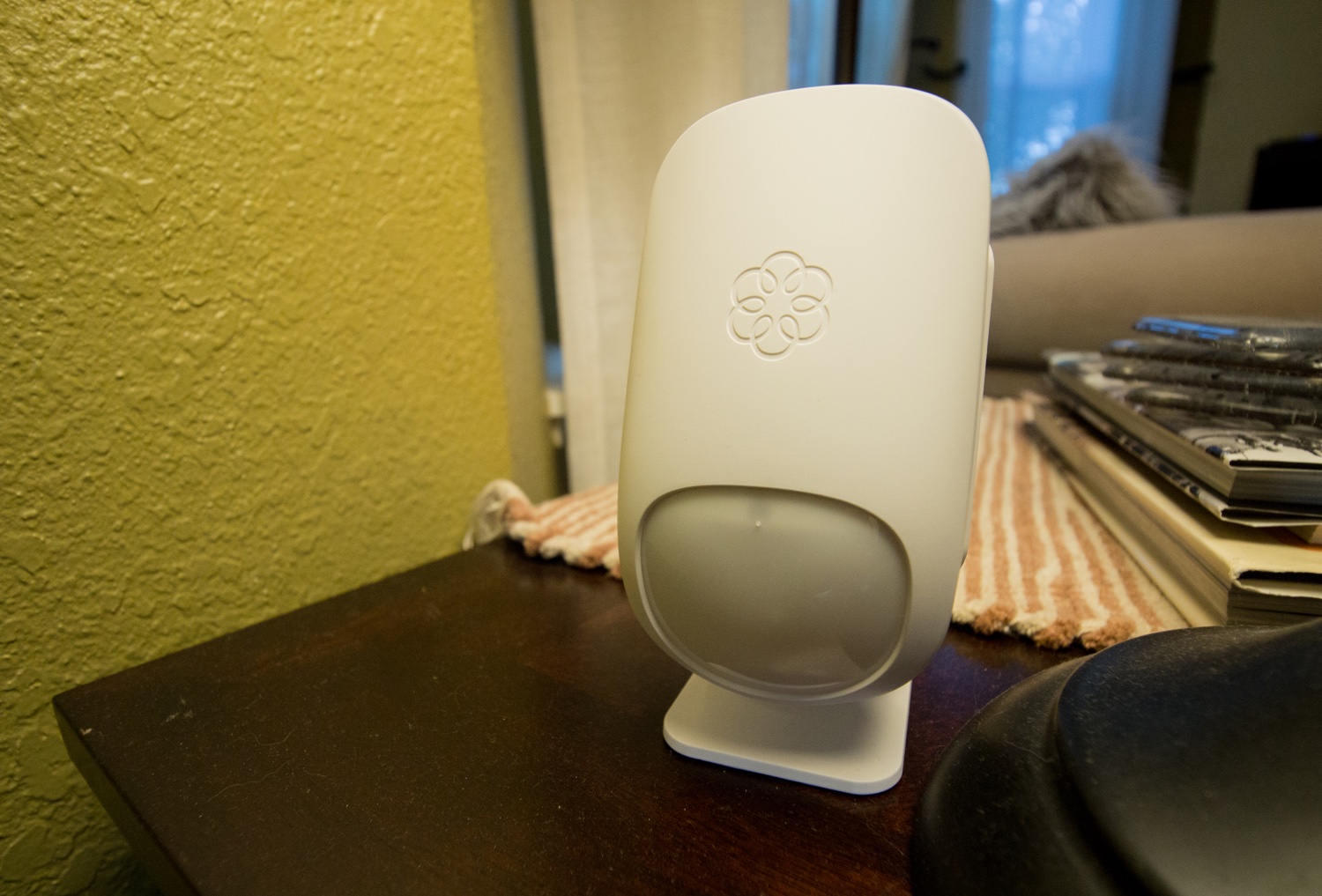
All the accessories that come with the starter kit are responsive and act accordingly, though this is where you'll start to see the disparity in features between the Ooma and its pricier competitors. For instance, the Ooma's motion sensor is very sensitive, but so much so that it picks up any pets that walk into its line of sight, such as my own cats. You can't adjust the motion sensor's sensitivity, so it's all or nothing.
There's a quick-dial button to call 911 from the Ooma Home Security app, which will connect you to emergency services. And because it's through the Ooma number, your address will be readily available for dispatch to mark your home's location.
MORE: Know Where Your Kids Are With These GPS Trackers
Also, there's no cellular or battery backup, so if your internet or power goes out, the system won't be able to alert you.
Smart home integration
Ooma's smart-home functionality is limited to a few products, and most center around knowing who's calling your home. The most useful for security is integration with the Nest Protect smoke detector. If the device senses smoke or some other condition, the Ooma will automatically call you and give you the option to call emergency services. There's also the ability to forward calls from the Telo hub to your smartphone when the Nest Learning Thermostat detects you're out of the house, which is a convenient feature.
MORE: Smarter Home Guide: What You Need to Know (and Buy)
If you like the home telephone service, there's even voice-activated dialing via the Amazon Echo speaker. There are some IFTTT recipes available, too, including the ability to have smart bulbs flash for a phone call. But there's no option to trigger anything with a home-security notification — such as if the motion detector senses movement. You can view a full listing of smart-home products that are compatible with the Ooma here.
You can also use Amazon Alexa and Google Assistant to arm and disarm the system.
Bottom line
If you're looking for something really simple and just want to keep an eye on a few things, Ooma's fairly inexpensive security system is a great place to start. We like that the company added support for professional monitoring, too.
Among DIY home security systems, we prefer the pricier Abode or SimpliSafe Essentials security kits which also offer professional monitoring services, on an as-needed basis, have a more expansive accessory lineup, and are as easy to set up as the Ooma. But the Ooma Smart Security system does let you know if there is movement in your house and if doors are opened or closed, which could be enough for you.
Credit: Tom's Guide
Florence Ion has worked for Ars Technica, PC World, and Android Central, before freelancing for several tech publications, including Tom's Guide. She's currently a staff writer at Gizmodo, and you can watch her as the host of All About Android on the This Week in Tech network.

